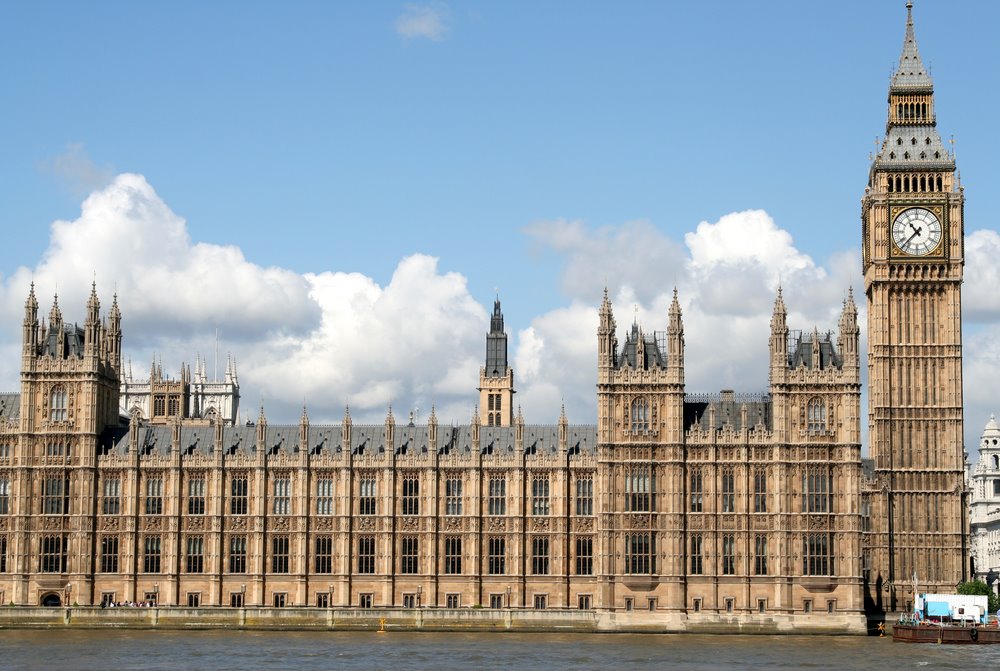The Local Government Finance Bill 2017 is designed to enable 100% business rates retention by local authorities, a key piece of government policy. As well as allowing for 100% retention by the end of the current parliament, in 2020, the Bill also sets out a number of other significant changes to the business rates system. These will affect both local authorities and ratepayers.
The first part of the Bill allows for local authorities to retain 100% of business rates collected in their area, in place of the current figure of 50%, by 2020. As part of this change the current annual financial settlement between central government and local authorities will be replaced by a multi-year settlement.
The Bill also allows HM Treasury to specify the indexation rate that is to be used to set non-domestic rating multipliers. At present the Uniform Business Rate multiplier (UBR) is linked to the Retail Prices Index (RPI) inflation rate. The Government has announced that it wishes to change this to indexation in relation to the Consumer Prices Index (CPI) inflation rate by 2020 and the Bill enables this. It also allows powers for local authorities to reduce non-domestic rating multipliers in their areas. At present local authorities charge rates based on national multipliers, with some powers to apply discounts under the Localism Act 2011, but they will now be able to offer discounts across their entire area – for upper-tier, lower-tier and combined authorities.
Part two of the Bill enables a number of rate reliefs that were announced in the Autumn Statement 2016. Rural rate relief is double from 50% to 100% to remove an anomaly whereby properties that could otherwise have benefitted from 100% small business rate relief were limited to only 50% rural rate relief. The five-year rate relief for new broadband installations, that was announced in the Autumn Statement, is also enabled by this part of the Act, as is a power for local authorities to grant 100% rate relief for their own public toilets.
This part of the Bill also contains some interesting provisions relating to the central rating list. The central rating list currently includes the rating assessments of a number of utilities and other properties that do not sit readily in any local rating list – things such as British Telecom and Network Rail. The Bill gives the Secretary of State power to direct that hereditaments should be included in this list. It also allows hereditaments that appear in the central rating list to benefit from charitable rate relief or empty property rate relief. These are significant changes as the central rating list income will be retained by central government, rather than falling into the business rates retention scheme.
Finally, this part of the Bill paves the way for major changes to the way in which business rates are billed. It gives the Secretary of State a power to require local authorities to offer electronic billing and to issue guidance about the form of bills for non-domestic rates. Lastly, and in a step that could be very important in future, it allows HM Revenue and Customs to prepare for providing digital services in connection with business rates – in effect linking a company’s rates bills to its other tax bills.
The third part of the Bill allows powers for the Greater London Authority and mayoral combined authorities to levy supplement to business rates in their area to fund projects that will promote economic development. The fourth, and final part of the Bill enables the introduction of property owner levies for business improvement districts, “BIDS”, which are presently levied only on occupiers.
Amongst all the noise currently going on about business rates, and in particular the effects of the 2017 rating revaluation, this Bill has received remarkably little comment. Yet it is a key piece of local government finance policy and will affect the way in which business rates are calculated, levied, and retained, for the future. It does nothing to address the two key problems with the business rates system, which are an excessively high tax rate and an overly complex system. Instead, what it does do is pass those problems from central government to local government. A “hospital pass” indeed!

